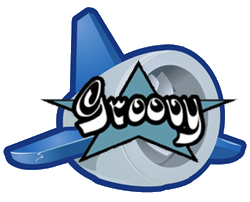Write your Google App Engine applications in Groovy
[caption id="attachment_1577" align="alignright" width="250" caption="Google App Engine Groovy"] [/caption]
[/caption]
Google just announced that their Google App Engine cloud hosting platform now supports other languages than Python: namely Java and Groovy!
You can now effectively write your Google App Engine applications in Groovy!
A couple of weeks ago, the SpringSource Groovy team and the Google App Engine Java team worked together, hand in hand, to iron out the details, to ensure that the popular and award-winning Groovy dynamic language for the JVM would run well on this exciting platform. After having created together some patches for Groovy, in the area of constrained and strict security manager policies, the Groovy development team integrated these patches and released the updated Groovy 1.6.1 version in line for the D-Day…
